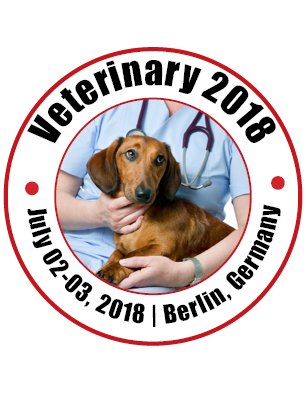Amar Nasir
Jhang (sub-campus University of Veterinary and Animal Sciences, Lahore) PunjabPakistan
Title: An updated scenario of milk adulteration and its effect on milk quality from the standpoint of public health in the locality of Tehsil Shorkot (Punjab), Pakistan
Biography
Biography: Amar Nasir
Abstract
Milk adulteration is emerging as one of the key issues of public health concern in the Asian countries particularly in the developing countries like Pakistan inflicting major economic losses to the dairy industry. This study was aimed to probe various adulterants and their impact on physico-chemical characteristics of milk marketed in Tehsil Shorkot (Punjab) and to evaluate the microbial status of the milk during 2016-17. A total of three hundred (n=300) milk samples collected from urban and peri-urban localities were examined for evaluating different adulterants as well as the physico-chemical profile, using a commercial kit and milk analyzer, respectively. In addition, the milk microbiological status was determined by culturing adulterated and non-adulterated milk samples on an appropriate medium to appraise the type and extent of bacterial contamination. The results showed that 91% milk samples were water adulterated, followed by Cane sugar (13.3%), formalin 9.7%, boric acid 9%, hydrogen peroxide 8.3%, carbonate 6.3%, starch 6.3%, urea 5.7%, soap 4.7%, sodium chloride 3.7%, Quaternary ammonium compounds 3.3% and sorbitol 2.6%, respectively. These adulterants markedly affected the freezing point, fat percentage, protein content, pH, total solids, solids-not-fat and lactose content of milk samples to -0.54oC, 3.4%, 2.4%, 7.3, 10.3%, 6% and 3.22%, respectively. Culturing and isolation of bacteria from raw milk samples demonstrated a significantly higher difference (P<0.05) in the incidence of E. coli and Enterobacter aerogenes contaminating adulterated milk than non-adulterated. It was concluded that milk adulteration is common malpractice in the study area posing a potential health risk for the consumers.

